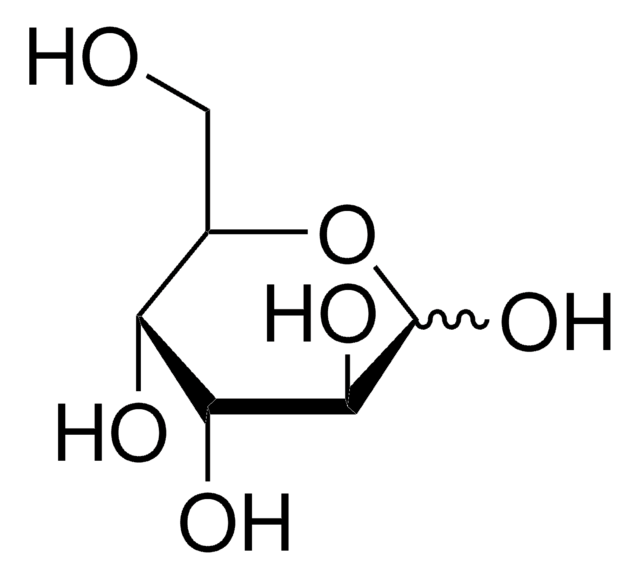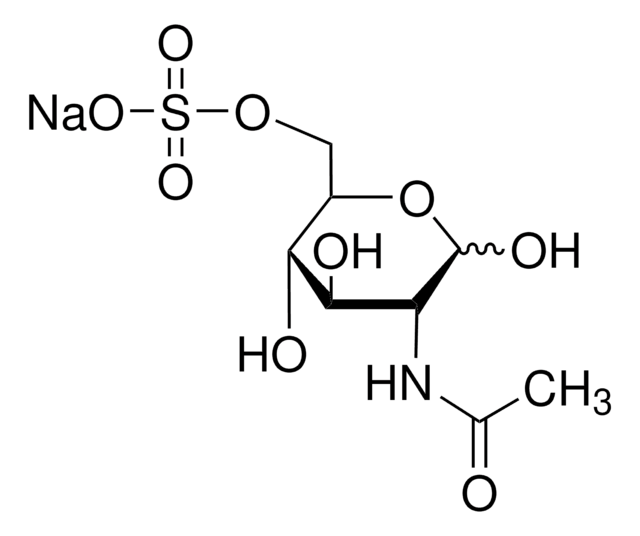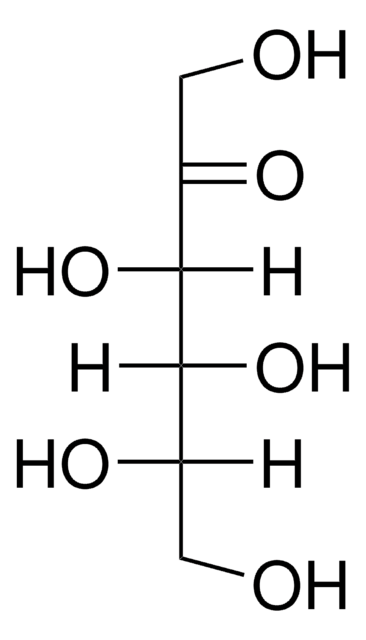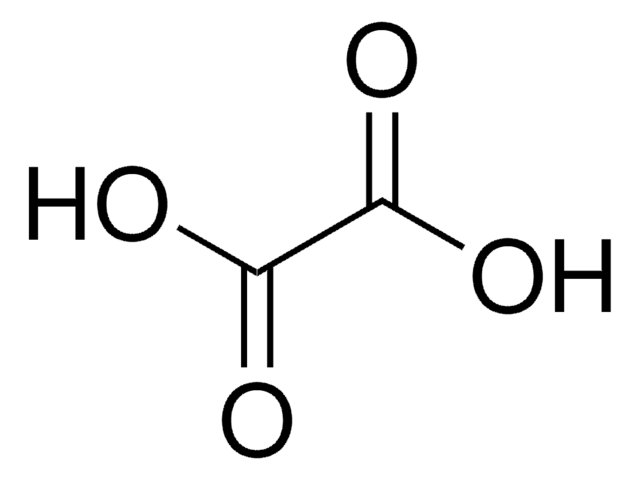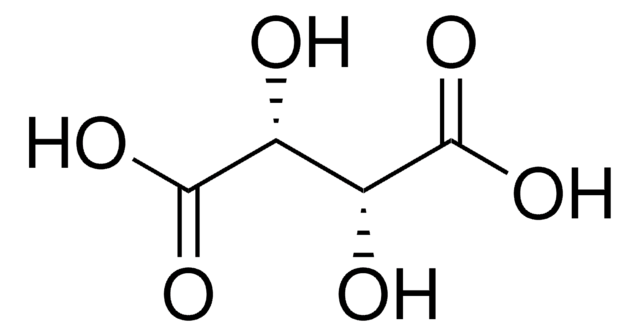A6390
β-D-Allose
rare aldohexose sugar
Synonyme(s) :
β-D-Allopyranose
About This Item
Produits recommandés
Niveau de qualité
Essai
≥98% (HPLC)
≥98% (TLC)
Forme
powder
Activité optique
[α]/D 12.00 to 16.00 °, c = 45.00-55.00 mg/mL in water
Technique(s)
HPLC: suitable
thin layer chromatography (TLC): suitable
Impuretés
<2.00% water (Karl Fischer)
Couleur
white to yellow cast
Solubilité
water: 49.00-51.00 mg/mL, clear, colorless to light yellow
Chaîne SMILES
OC[C@H]1O[C@@H](O)[C@H](O)[C@H](O)[C@@H]1O
InChI
1S/C6H12O6/c7-1-2-3(8)4(9)5(10)6(11)12-2/h2-11H,1H2/t2-,3-,4-,5-,6-/m1/s1
Clé InChI
WQZGKKKJIJFFOK-QZABAPFNSA-N
Application
Actions biochimiques/physiologiques
Autres remarques
Code de la classe de stockage
11 - Combustible Solids
Classe de danger pour l'eau (WGK)
WGK 3
Point d'éclair (°F)
Not applicable
Point d'éclair (°C)
Not applicable
Équipement de protection individuelle
Eyeshields, Gloves, type N95 (US)
Faites votre choix parmi les versions les plus récentes :
Certificats d'analyse (COA)
Vous ne trouvez pas la bonne version ?
Si vous avez besoin d'une version particulière, vous pouvez rechercher un certificat spécifique par le numéro de lot.
Déjà en possession de ce produit ?
Retrouvez la documentation relative aux produits que vous avez récemment achetés dans la Bibliothèque de documents.
Notre équipe de scientifiques dispose d'une expérience dans tous les secteurs de la recherche, notamment en sciences de la vie, science des matériaux, synthèse chimique, chromatographie, analyse et dans de nombreux autres domaines..
Contacter notre Service technique


